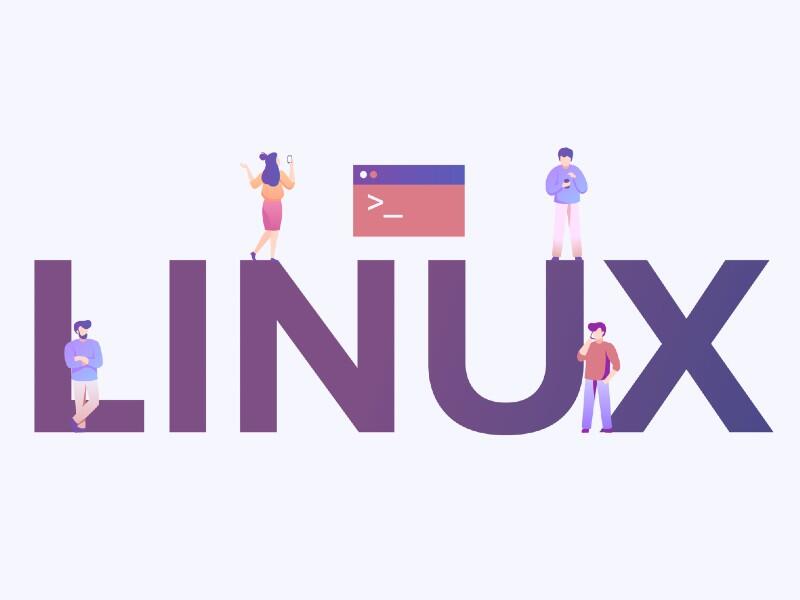Linux Kernel 5.15 is now available, and it has something special for NTFS users
The latest Linux kernel has been released with a couple of features that should have serious appeal to business users and admins alike.

Image: PegasuStudio/Shutterstock
The latest Linux kernel has been released and it has plenty to offer users and admins alike. But this particular release will be particularly pleasing to those who use Linux as either a file-sharing server or a device that must connect to and use NTFS-partitioned drives. On top of these headline changes, there are other new additions and improvements to be found.
Let’s dive in and find out what they are.
SEE: 5 Linux server distributions you should be using (TechRepublic Premium)
NTFS is key
The most important feature to come to the 5.15 kernel is the new NTFS file system driver, named NTFS3. Prior to this release, anyone who used NTFS file systems had to depend on the ntfs-3g user-space driver, which was buggy, slow, and lacked several key features. With NTFS3 (which was boosted by code from Paragon Software), users will find:
- Much-improved read-write support
- NTFS journal replaying
- Acl support
- Support for normal, compressed, and sparse files
- Support for creation date of NTFS files and folders from a Windows drive.
Granted, most people have moved beyond NTFS and to exFAT, but that doesn’t mean there isn’t a need for NTFS support. And given that Paragon Software has committed to maintaining this new kernel drive moving forward, it’s clear NTFS support will continue to play a role.
In-kernel SMB server
The latest Linux Kernel also includes a new in-kernel SMB file service. The goal of ksmbd is not to replace Samba, but to provide a lightweight and fast kernel module that is compatible with user-space tools and libraries. This new in-kernel server is capable of much faster SMB3 file serving and supports more features (such as RDMA support for SMB Direct) that are implemented directly within the kernel.
Hardware support
As we’ve come to expect, with each new kernel release, there’s new hardware to be supported. Linux kernel 5.15 is no exception. The list of added or improved hardware support includes:
- Improvements for AMD CPUs and GPUs (temperature monitoring support added for AMD Zen 3 APU (Accelerated Processing Unit).
- Audio driver for Van Gough APU.
- Support for more RDNA2 graphics cards (next-gen AMD graphics cards should work out of the box).
- Intel Alder Lake (12th gen Intel CPUs) support added (including the addition of the Time Coordinated Computing driver used to alter the performance of Intel CPUs).
- Initial support for Intel DG2/Alchemist Discrete Graphics and XeHP (next-gen Intel Xeon processors for HPC platforms).
- Improved Apple M1 support (IOMMU driver merged, as well as USB and PCIe support added)
- Groundwork support added for AMD Cyan Skillfish graphics
- Optimization of C3 Cache handling in AMD CPUs
- AMD PTDMA driver merged to support high-bandwidth memory-to-memory and I/O copy operations.
- Support for Realtek RTL8118EU WiFi driver
- Support for Cirrus Logic Dolphin audio devices
- Support for NVIDIA Jetson TX2 NX dev kit.
Miscellaneous additions
A few other notable additions that arrive with the 5.15 kernel include support for Amazon’s DAMON (Data Access Monitor) which improves performance while reducing memory, support, optimizations for the XFS, EXT4, F2FS, and Btrfs file systems, support for high-resolution scrolling with the Apple Magic Mouse, and support for power profiles on certain Acer laptops.
Should you install 5.15?
In a word, no. Your best bet is to wait until the kernel is made available via your Linux distribution of choice. Although you can download and compile the latest kernel, it won’t be upgradable through your distribution’s package manager.
If you use a rolling release, such as Arch or openSUSE Tumbleweed, you will receive the 5.15 kernel much sooner than if your distribution of choice is a static release. We might find kernel 5.15 land in Ubuntu 22.04, which will be released in late April 2022. So, unless you have an absolutely pressing need for these newest additions, your best bet is to hold off until your distribution maintainers include 5.15 in the official release.
Subscribe to TechRepublic’s How To Make Tech Work on YouTube for all the latest tech advice for business pros from Jack Wallen.
Also see
For all the latest Technology News Click Here
For the latest news and updates, follow us on Google News.


